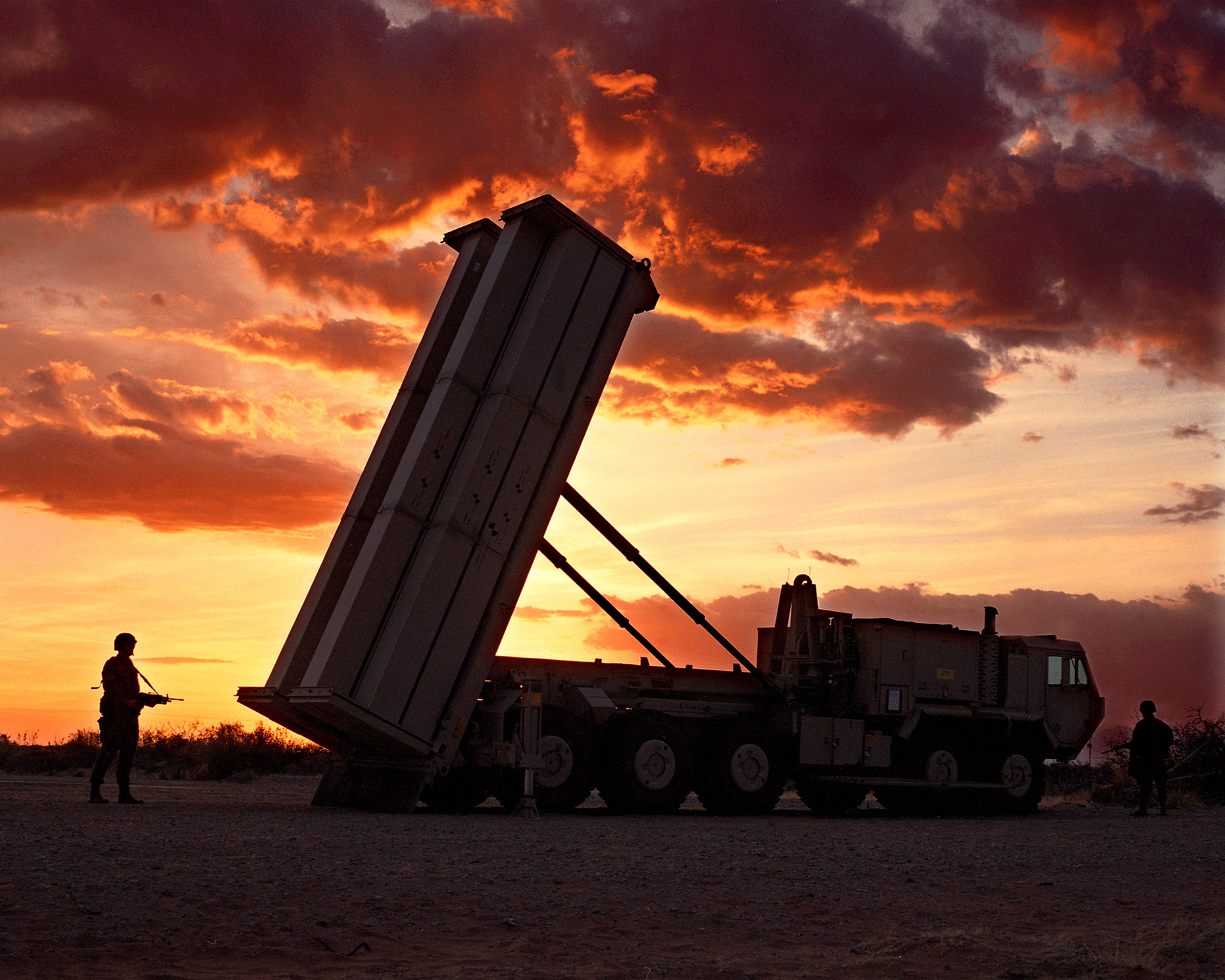The Pentagon has clarified that it will not utilize the same anti-ballistic missile defense system for Ukraine as it does for Israel. This decision comes as the U.S. grapples with the challenge of supporting two escalating conflicts simultaneously.
Since Russia’s invasion of Ukraine, Washington has been the largest military aid donor to Kyiv. However, the costs involved in also assisting Israel are rising.
There are reports that Israel is running low on interceptor missiles. In response, the Pentagon announced it would send a Terminal High-Altitude Area Defense (THAAD) battery to enhance Israel’s air defenses after a recent missile attack from Iran on October 1.

Pentagon spokeswoman Sabrina Singh emphasized that the U.S. recognizes “different capabilities, different wars, different regions,” which is why the THAAD system won’t be deployed in neighboring countries like Romania to shield against Russian threats.
This situation raises concerns that bolstering Israel’s defenses could detract from U.S. support for Ukraine. Dana Stroul, a former Deputy Assistant Secretary of Defense, noted that the U.S. cannot maintain the same level of assistance to both nations indefinitely. “We are reaching a tipping point,” she said, as reported by The Financial Times.
William D. Hartung, a senior research fellow at the Quincy Institute, mentioned the budget implications of escalating conflicts, stating, “as the Middle East situation intensifies and pressure to support Ukraine continues, we might break the bank.”

Analyzing U.S. Support for Ukraine and Israel
Following the October 7 Hamas attack on Israel, U.S. spending on military operations in the region has surged to $22.6 billion, according to the Costs of War project. This includes $17.9 billion allocated to Israeli military efforts, setting a new record for military assistance since 1959.
Meanwhile, the U.S. Navy has increased its operations against Houthi militants in Yemen, further straining resources and resulting in $2.1 billion in additional costs due to shipping disruptions and higher insurance rates.
Since February 2022, Congress has authorized approximately $175 billion in aid for Ukraine, encompassing budget support and weapons. As the conflict extended, President Biden’s administration relaxed arms restrictions that initially aimed to prevent escalation, now supplying systems like ATACMS and greenlighting F-16 transfers from allies.
In the upcoming presidential election, Vice President Kamala Harris has vowed to maintain military support for Ukraine, while her opponent, Donald Trump, has expressed skepticism about continuing such aid.
“America has the resources; the issue lies in the willingness to deploy them, which is dwindling,” commented Michael A. Witt, a professor at King’s Business School, London.
Future of Israel’s Defense Strategy
The THAAD system supplied to Israel is designed for intercepting ballistic missiles and complements its existing Arrow defense system. Despite intense bombardment, Hezbollah has demonstrated its capability to strike deep into Israeli territory, recently resulting in the death of four Israeli soldiers due to a drone strike.
As Israeli Prime Minister Benjamin Netanyahu’s administration considers a retaliatory operation following Iranian missile attacks, there is increasing concern that further U.S. involvement might be necessary, including troop deployments to support the THAAD system.
“The Israelis recognize that any response from Iran to an attack will require them to consider targeting essential THAAD systems,” said Matthew Hoh, associate director at the Eisenhower Media Network.
